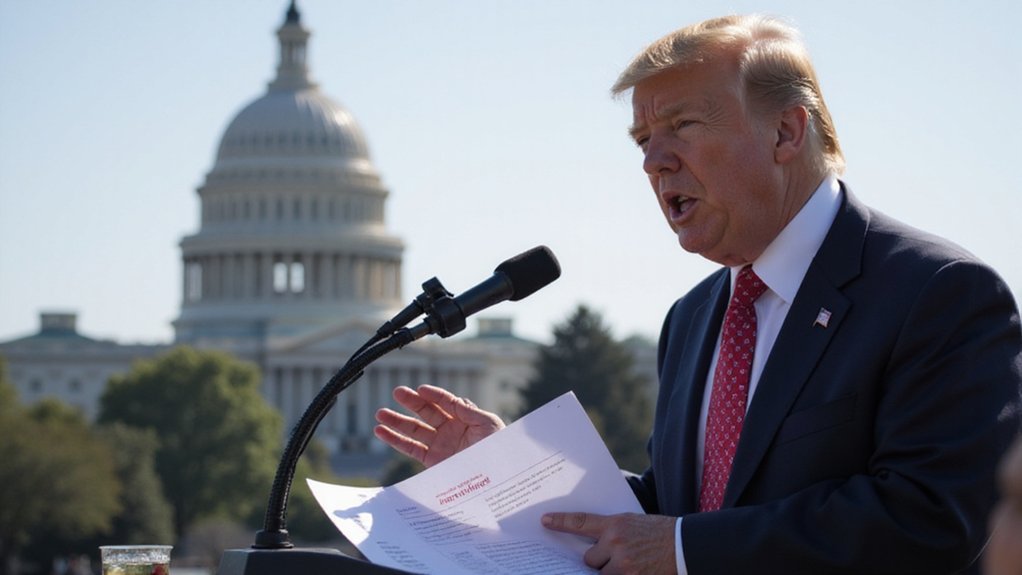Bank of England Governor Andrew Bailey has raised pointed concerns about stablecoins potentially undermining the very foundations of traditional monetary systems, warning that widespread adoption could trigger a cascade of financial instability that would make the 2008 crisis look quaint by comparison.
Bailey’s alarm centers on a deceptively simple premise: when major banks issue stablecoins, they fundamentally drain liquidity from the traditional financial system—leaving institutions with less money to lend precisely when credit markets need stability most. This shift could systematically undermine banks’ fundamental role in payments and lending, creating what economists politely term “spillover effects” into systemic markets (though “financial contagion” might be more accurate).
When banks chase stablecoins, they drain the very liquidity that keeps credit markets functioning—a recipe for systemic breakdown.
The governor’s recommendations reveal telling priorities: banks should focus on digitizing traditional money rather than chasing the stablecoin trend. This isn’t mere regulatory conservatism—it reflects genuine concern about reduced funding sources constraining credit to households and corporations when economic resilience matters most.
International coordination emerges as both solution and complication. The Financial Stability Board and Financial Policy Committee emphasize global standards, recognizing that stablecoins’ borderless nature makes unilateral regulation somewhat futile. Cross-border risks demand collaborative oversight, yet achieving consensus among regulators with divergent priorities remains challenging.
The innovation-versus-stability trade-off presents policymakers with an uncomfortable reality: stablecoins offer legitimate benefits in cross-border payments and transaction efficiency, but these advantages mean little if innovation outpaces regulatory safeguards. Bailey supports exploring returns on backing assets for widely used stablecoins—a pragmatic acknowledgment that complete prohibition isn’t feasible.
Current market dynamics compound these concerns. While stablecoins remain primarily vehicles for cryptocurrency transactions, their potential evolution into mainstream payment methods could exponentially amplify risks. The proportion of systemic threat scales directly with adoption rates, creating what regulators describe as “evolving challenges.” With stablecoin market capitalization surpassing $200 billion, the scale of potential disruption has reached levels that demand immediate regulatory attention.
Bailey’s framework calls for proportional regulation aligned with international standards, including periodic reviews of leverage ratios and capital requirements. The emphasis on ensuring stablecoins maintain par exchange rates reflects deeper concerns about maintaining public trust in monetary systems—because once that trust erodes, neither traditional banking nor innovative alternatives can function effectively. The Financial Policy Committee continues to explore how regulatory frameworks can enhance UK competitiveness while maintaining financial stability.
The stakes, Bailey suggests, extend far beyond cryptocurrency markets into the stability of money itself.









